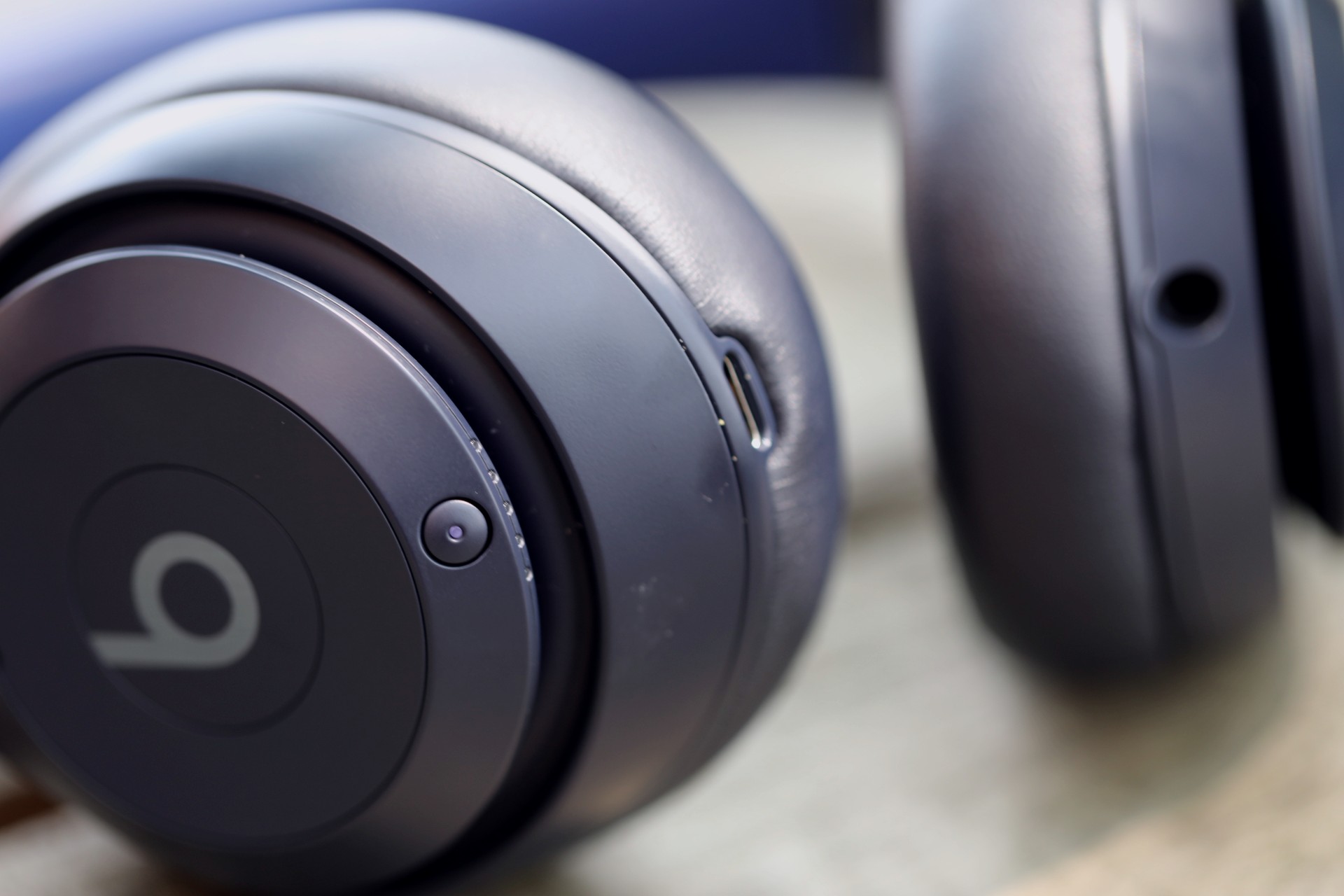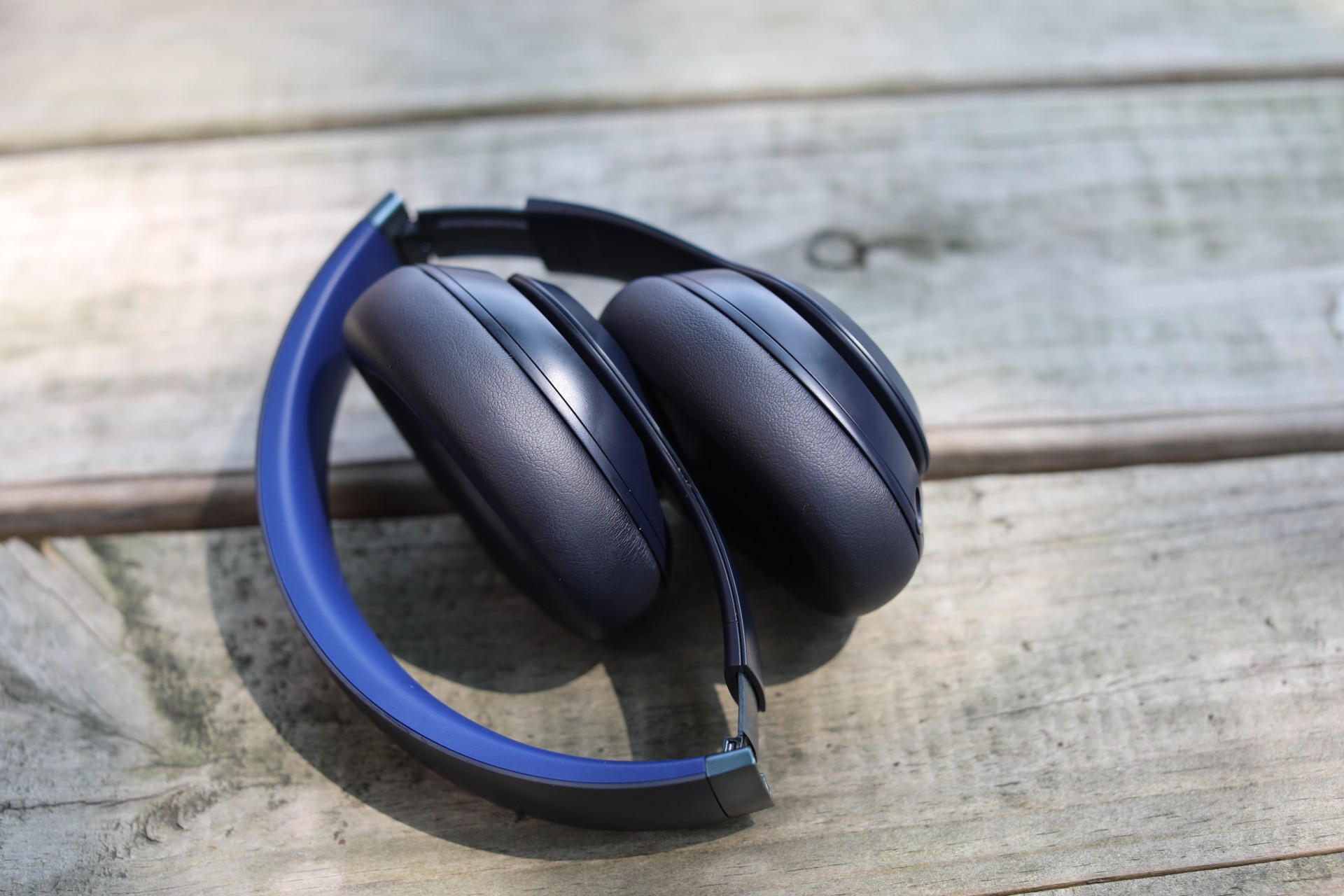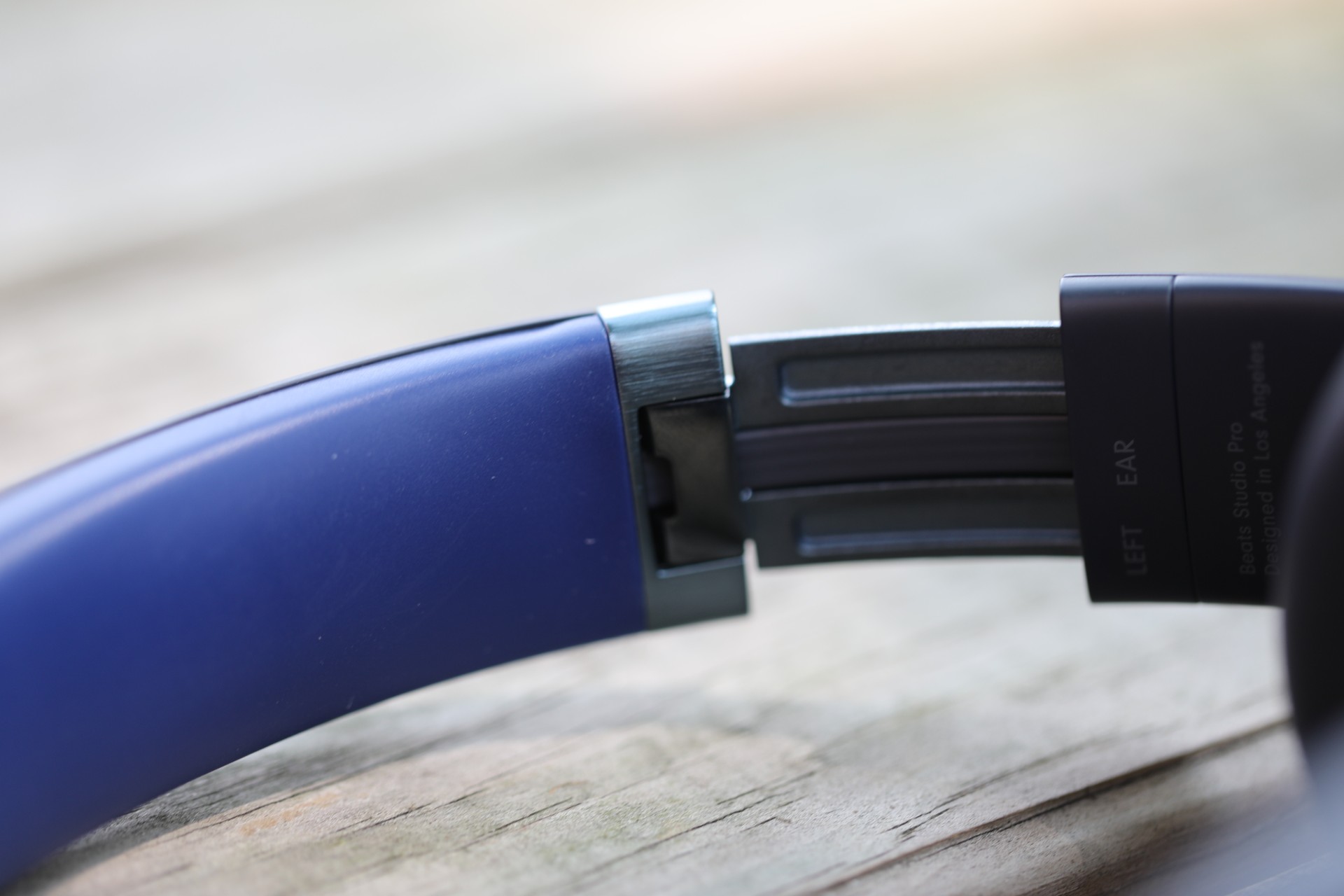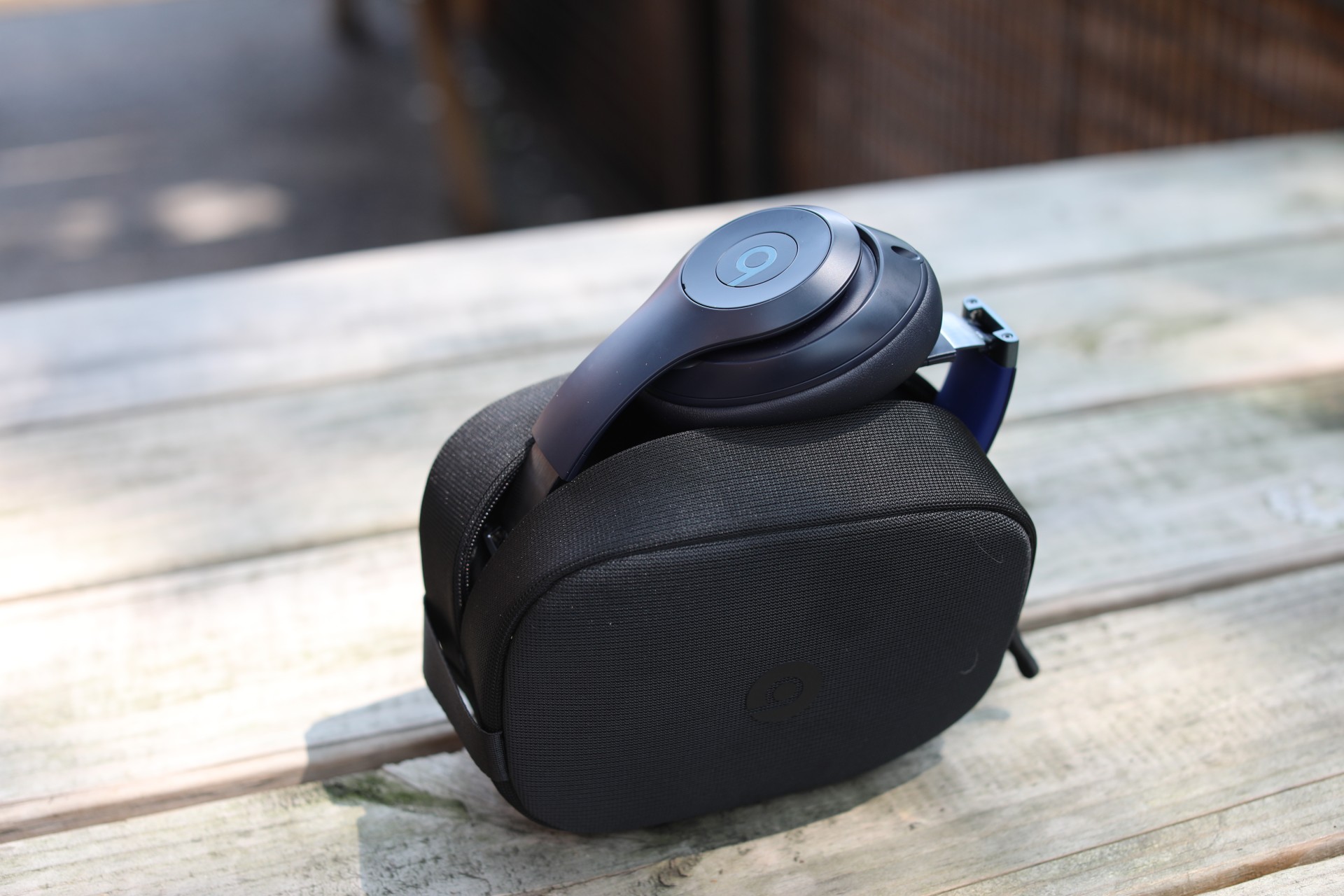Next week, Beats will have debuted its first product 15 years ago. The headphone maker quickly established itself as a status symbol, on the strength of partnerships with musicians and sports influencers. It was a rare feat in the world of consumer electronics, where cool factor largely takes a back seat to functionality.
For Beats, that sometimes meant sacrificing quality in those days. Its early products were notorious for overcompensating with overwhelming bass. In the decade and a half since, however, the company has improved products beyond the design language. More recent headphones have offered a much more well-rounded experience, and the company was ahead of the game when it came to adaptive noise-canceling technologies.
While Apple’s 2014 acquisition of Beats was primarily about hitting the ground running with a Spotify competitor, Apple has largely been a good steward. As a headphone maker, Beats continues to operate as its own brand, and while the companies do clearly share technologies (including Apple’s in-house silicon), Beats can continue focusing on the things that made it successful in the first place.

Image Credits: Brian Heater
I likely say some version of this every time the company releases a new pair of headphones, but Beats isn’t — and likely will never be — an audiophile brand. If you prioritize sound quality above all else, I still recommend Sony’s WH-1000XM5 in the over-ear category. If you’ve asked me to recommend a pair of plane headphones in the past couple of years, I’ve almost certainly recommended them.
Beats, meanwhile, are vibing headphones. They’re the headphones you wear to pump yourself up. There’s a reason you see a lot more people at the gym lifting weights in them than any other company. It’s the same reason they’re one of the rare things in this world that can unite LeBron, Draymond Green, James Harden and Kevin Durant. They’re tuned and built for action. Touches like the large play/pause button on the ear cup make them much easier to operate on the go.

Image Credits: Brian Heater
That certainly applies to the Beats Studio Pro. The new $350 headphones are very much in line with the brand’s trajectory. They’re effectively the long-awaited successor to 2017’s Beats Studio 3. They’re good walking around headphones. I’ve been wearing them a lot while cleaning my apartment. But if I’m looking to, say, appreciate the nuances of my favorite jazz album, I’m reaching for the Sony’s.
They continue to offer excellent noise-canceling and are quite comfortable. Coupled with a stated 40 hours of battery life on a charge, I wouldn’t hesitate to pop them in my carry-on for a long trip. They also fold up nicely and compactly. The audio quality has continued to be refined, but I would hesitate to recommend them over several pairs when it comes to offering the most well-balanced music-listening experience.

Image Credits: Brian Heater
In terms of breathability, well, that’s all relative. It’s been humid and in the 90s here in New York, so I’ve largely avoided wearing them outside during the day. But I would say that for all over-ear headphones. They’re nice and snug and will probably stay comfortably on your head when going for a run, but I’ve reserved the Studio Buds+ for my morning workouts. I just can’t comfortably sweat with over-ear headphones on. I’m not LeBron James, as surprising as that might seem. I would also need to have them in perpetual transparency mode when navigating the city — it’s generally easier to be more alert in earbuds.
There are some nice touches here. The ability to continue listening while the headphones are charging is great — and not something everyone offers. Active noise-canceling and transparency are disabled when plugged in, but that’s mostly not a big deal. Those features, meanwhile, can be used when utilizing the 3.5 mm port — a must-have for flights. The color palette is more muted, which makes them a bit more versatile.
Spatial audio is present — that’s the Apple influence. I have yet to be convinced that it isn’t superfluous on headphones. It makes a lot more sense on speakers like the HomePod, which can offer a much more dramatic presentation of audio in a three-dimensional space. Here, it’s more about keeping the audio source fixed in space as you turn your head (Apple platforms only). Compatibility with lossless audio is far more useful, especially as that feature is one of Apple Music’s biggest selling points over Spotify.

Image Credits: Brian Heater
Design wise, they’re not a huge departure from the Studio 3s — more of a refinement. In fact, that can probably be used to sum up the entirety. In spite of the five-year gap and the name change, the Studio Pros are a huge step up from the Studio 3s. And they bring some nice updates. Keep in mind, the 3s are so old they still feature micro USB — a mind-boggling fact in 2023. Also, kudos to Beats/Apple for maintaining the $349 price point after half a decade, particularly in an era when the price of electronics is continually on the rise.
If you’ve gravitated toward Beats in the past, you’ll find plenty to like here. They’re on sale starting July 23.
DUOS





